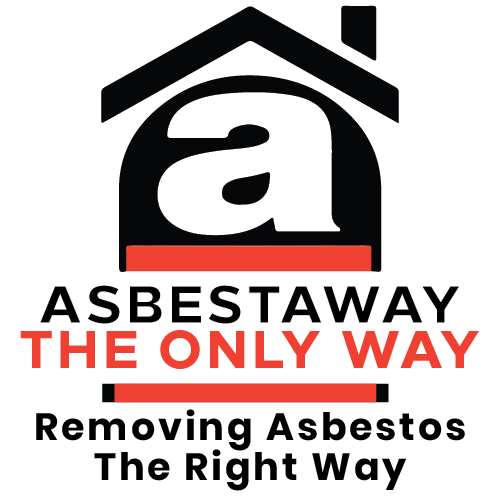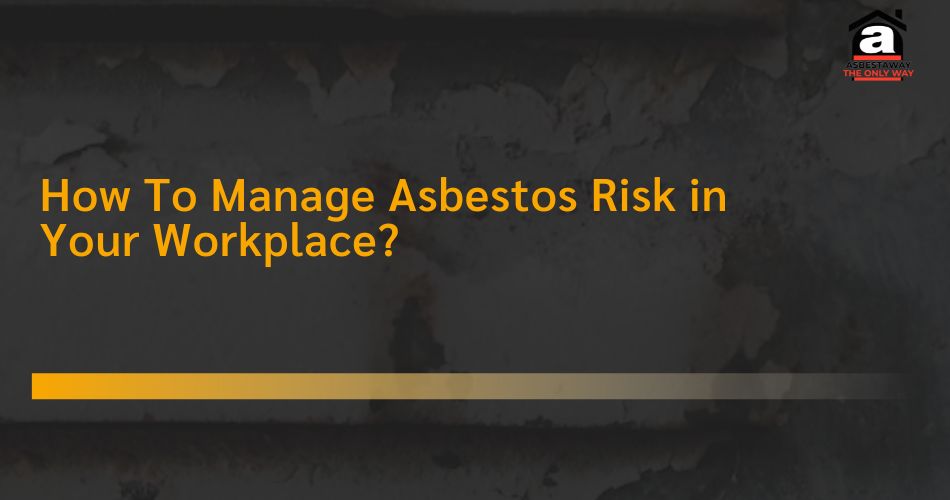Asbestos was used in past widely for its ability to insulate buildings and resist fire. However, we now understand that it poses serious health risks. When materials containing asbestos are disturbed, tiny fibres are released into the air. If these fibres are breathed in, they can cause serious lung diseases and even cancer. That’s why it’s important for workplaces to take proactive steps to manage these risks effectively. This guide is designed to help businesses identify, assess, and control asbestos hazards. By following these guidelines, workplaces can reduce the chances of exposure to asbestos and ensure a safer environment for everyone, including employees and visitors. Compliance with asbestos regulations isn’t just about meeting legal requirements; it’s about protecting people’s health and demonstrating a commitment to workplace safety and well-being. In essence, this guide will show you how to navigate and manage asbestos risks in your workplace responsibly and effectively. By understanding and following these steps, you can minimize the dangers associated with asbestos and create a healthier environment for all who enter your workplace.
How To Manage Asbestos Risk in Your Workplace?
Asbestos management remains an important aspect of workplace safety in Australia, where strict regulations exist to protect workers and occupants from the hazards associated with asbestos exposure. As a responsible business owner or facility manager, understanding the processes involved in managing asbestos risk is essential to ensure compliance with legal requirements and, more importantly, to safeguard the health of everyone within your workplace environment. By understanding and following these steps, you can minimize the dangers associated with asbestos:
-
Understanding Asbestos
Asbestos is a mineral fibre that was once widely used in construction due to its heat resistance and durability. However, prolonged exposure to asbestos fibres can lead to serious health issues such as lung diseases and cancer. It can be found in various building materials like insulation, roofing, and floor tiles. Understanding where asbestos might be lurking in your workplace is important for implementing effective management strategies.
-
Legal Requirements and Regulations
Dealing with asbestos isn’t just about safety. It’s also about complying with legal standards set by health and safety authorities. Regulations vary by region, but they generally outline strict guidelines for identifying, managing, and, if necessary, removing asbestos. Staying informed about these legal requirements ensures that your workplace remains compliant, minimizing legal risks and prioritizing the health of your employees.
-
Identifying Asbestos in Your Workplace
The first step in managing asbestos risk is to conduct a thorough assessment to identify any asbestos-containing materials (ACMs) present in your workplace. This involves inspecting areas like ceilings, walls, pipes, and insulation. ACMs are not always easy to identify because they are often mixed with other materials. Therefore, it is essential to hire trained professionals to accurately identify and assess the condition of ACMs.
-
Risk Assessment and Management Plan
Once ACMs are identified, a detailed risk assessment is conducted to evaluate the potential hazards associated with them. Factors such as the condition of the materials, their location, and the likelihood of disturbance are considered. Based on this assessment, a management plan is developed to outline how the risks will be controlled and managed. This plan includes strategies for either removing the asbestos safely or implementing measures to control and monitor it effectively.
-
Asbestos Removal and Containment
If asbestos removal is deemed necessary based on the risk assessment, it should be carried out by licensed professionals who follow strict safety protocols. Removal involves carefully dismantling materials containing asbestos and properly disposing of them to prevent fibre release. In cases where removal is not feasible or necessary, asbestos-containing materials may be encapsulated or sealed off to prevent fibre release and minimize exposure risks.
-
Training and Awareness
Proper training and awareness programs are essential for all employees who may encounter asbestos in the workplace. Training should cover topics such as identifying ACMs, safe handling procedures, emergency response protocols, and the importance of following established safety measures. By ensuring that everyone is well-informed and equipped with the necessary knowledge, you can significantly reduce the risk of accidental exposure to asbestos fibres.
-
Emergency Procedures
Despite precautions, emergencies involving asbestos can still occur, such as accidental disturbance during maintenance or renovations. Therefore, it’s important to have clear emergency procedures in place. These procedures should include steps for clearing affected areas, isolating the hazard, and notifying emergency services. Regular drills and rehearsals of these procedures can help ensure that employees are prepared to respond effectively in case of an asbestos-related incident.
-
Ongoing Monitoring and Maintenance
Managing asbestos risks is an ongoing process that requires regular monitoring and maintenance of ACMs. This includes conducting periodic inspections to assess the condition of asbestos-containing materials and ensuring that any protective measures remain effective. Prompt repairs or remediation should be carried out if any deterioration or damage is detected to prevent fibre release and maintain a safe working environment.
Why Choose Asbestaway for Safe Asbestos Removal?
Looking for a trusted partner in asbestos removal? Look no further than Asbestaway. We have built a reputation as leaders in the industry, focusing on excellence, safety, and following all the rules. Our team brings over 40 years of combined experience to every project, ensuring we handle asbestos removal with expertise and care. When it comes to safety, we strictly adhere to all regulations and safety standards, making sure every removal job meets the highest standards of safety and legal compliance. From the moment we assess your needs to the final inspection, professionalism and reliability are our top priorities. We understand that each situation is unique, so we tailor our solutions to fit your specific asbestos management needs. Whether it’s budget constraints or tight timelines, we work with you to find the best solution without compromising safety or quality. We’re more than just a service provider. We’re your partner in ensuring a safe and compliant environment. You can count on us to deliver consistent, top-quality service at every step.
Conclusion
Managing asbestos risk in your workplace is not just about compliance with regulations; it’s about prioritizing the health and safety of everyone who enters your premises. By following the steps outlined in this guide, you can effectively identify, assess, and manage asbestos hazards. This proactive approach not only mitigates the risks associated with asbestos exposure but also ensures a safer environment for your employees and visitors. Remember, understanding where asbestos might be lurking, complying with legal requirements, conducting thorough assessments, and implementing robust management plans are important steps. Whether it involves safe removal by licensed professionals or implementing containment measures, every action taken contributes to reducing exposure risks. Regular training, emergency procedures, and ongoing monitoring are equally important in maintaining an attentive stance against asbestos dangers. With diligence and expert guidance, you can create a workplace that is not only compliant but also genuinely safe for everyone.

